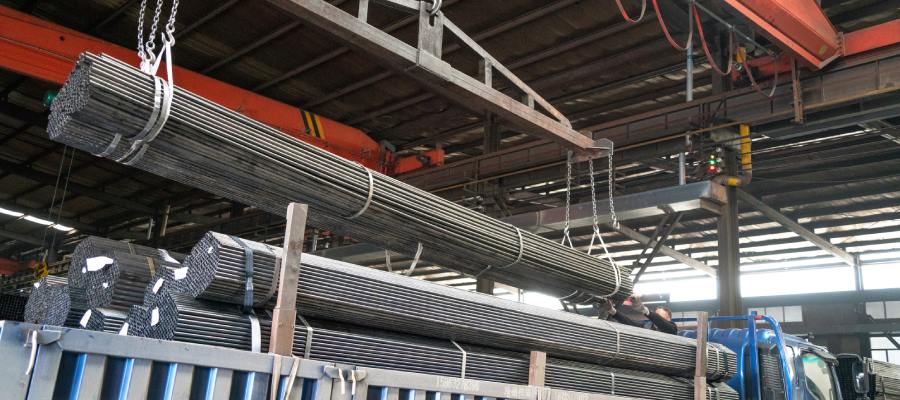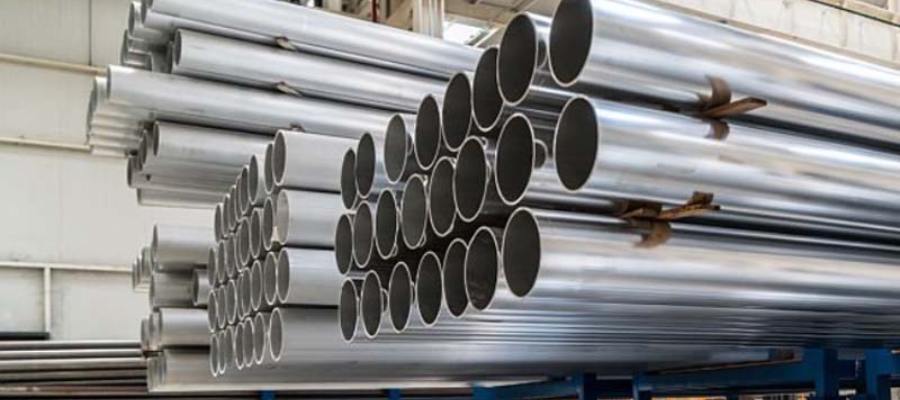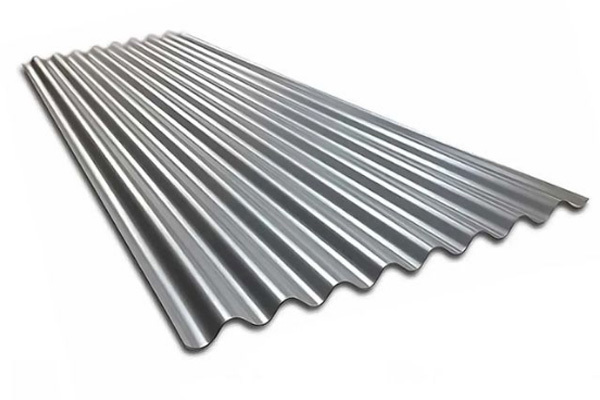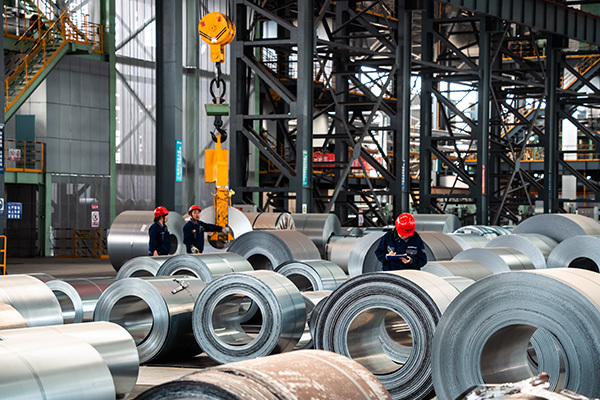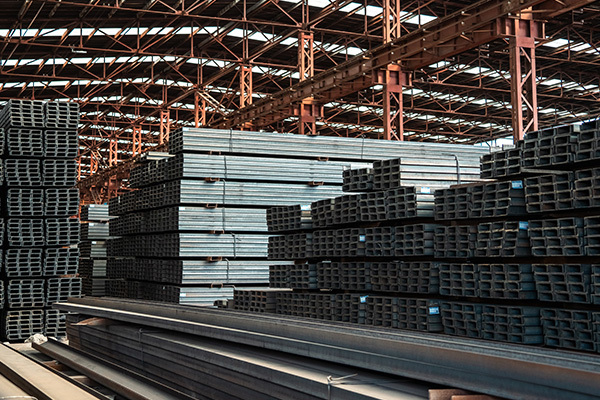Welded Tube vs Seamless Steel Pipe: Key Differences Explained
Steel pipes and tubes are essential in construction, infrastructure, and industrial applications. Among the most common types are the welded tube and the seamless steel pipe. While both are widely used for conveying fluids, structural support, and mechanical applications, they differ significantly in terms of manufacturing, strength, cost, dimensions, and usage. Understanding these differences will help buyers choose the right product for their projects.
What Is a Welded Tube?
A welded tube is produced by rolling a steel plate or strip into a cylindrical or rectangular shape and then welding the seam. Welded steel tubes are cost-effective and widely used in both structural and fluid transportation applications.
Types of Welded Tubes:
Round Welded Tube – commonly used in pipelines, scaffolding, and structural frames.
Square/Rectangular Welded Tube – ideal for furniture, building structures, and industrial frames.
Common Welding Methods:
ERW Tube (Electric Resistance Welded) – high efficiency, widely used in structural and low-pressure applications.
LSAW Pipe (Longitudinal Submerged Arc Welded) – suitable for large-diameter pipelines such as oil and gas.
SSAW Pipe (Spiral Submerged Arc Welded) – used for long-distance fluid transportation.
Advantages of Welded Tube:
Lower production cost than seamless pipe
Large diameter and long-length availability
Fast production and delivery
Complies with ASTM, EN, API, JIS, and DIN standards
What Is a Seamless Steel Pipe?
A seamless steel pipe is manufactured from a solid billet, which is heated and pierced to form a hollow tube without any weld seam. Seamless pipes provide superior pressure resistance and uniform strength.
Advantages of Seamless Pipe:
Higher strength and uniform mechanical properties
Excellent performance under high temperature and high pressure
No weld seam reduces failure risk
Ideal for critical applications such as boilers, oil & gas, and high-pressure pipelines
Welded Tube vs Seamless Steel Pipe
Welded tubes are made by rolling steel plates or strips and welding the seam, which makes them cost-effective and suitable for large diameters and structural applications. They come in round and square/rectangular shapes. Seamless steel pipes, on the other hand, are manufactured from solid billets without any weld seam, offering higher strength, uniform mechanical properties, and better performance under high pressure and temperature. While welded tubes are ideal for general construction and low-pressure pipelines, seamless steel pipes are preferred for critical applications such as boilers, oil & gas pipelines, and high-pressure systems.
Welded Tube vs Seamless Steel Pipe: Parameter Comparison
| Parameter | Welded Tube / Welded Steel Pipe | Seamless Steel Pipe / Seamless Tube |
|---|---|---|
| Manufacturing | Rolled steel sheet welded along seam | Produced from solid billet without welding |
| Shape Types | Round, Square/Rectangular | Round only (mostly) |
| Strength | Slightly weaker at weld seam | Uniform strength, higher pressure rating |
| Diameter Range | Small to very large diameters | Typically small to medium diameters |
| Wall Thickness | Standardized, easily customized | Precise, uniform, higher tolerances |
| Cost | Lower production cost, economical | Higher cost due to complex process |
| Applications | Construction, pipelines, frames, scaffolding | High-pressure pipelines, boilers, oil & gas, critical mechanical parts |
Applications
Welded Tube Applications:
Round and square welded tubes for scaffolding, frames, furniture
Pipelines for water, gas, and low-pressure oil transport
Structural applications in building and industrial projects
Seamless Steel Pipe Applications:
High-pressure boiler tubes
Oil & gas pipelines
Automotive and mechanical parts
Structural components in harsh environments
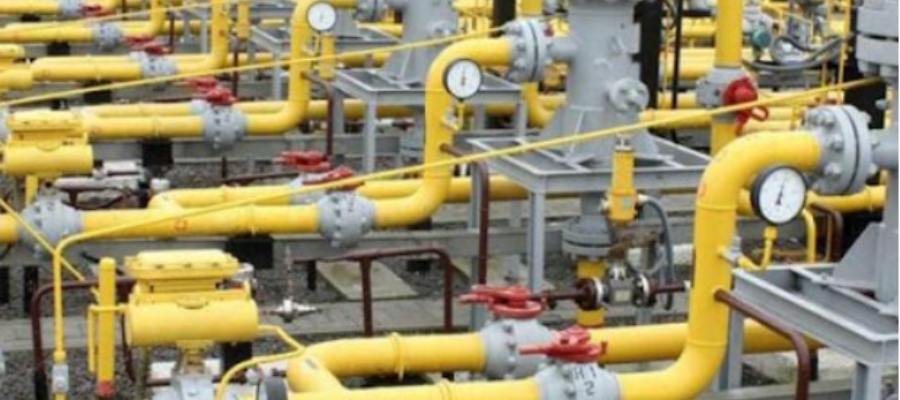
Which One Should You Choose?
Choose welded tube for cost-effective, large-diameter, structural, and standard piping applications.
Choose seamless steel pipe for high strength, high pressure, and critical applications.
Both welded and seamless steel pipes are essential in modern industries. The right choice depends on your application requirements, budget, and standards.
The choice between welded tube vs seamless steel pipe depends on your project needs. Welded steel tubes provide affordability and flexibility in shapes and sizes, while seamless steel pipes offer superior strength and pressure resistance.
Shineyond Group supplies both welded tubes (round and square) and seamless steel pipes meeting ASTM, API, EN, JIS, and DIN standards, ensuring high quality and reliable performance for global customers.
RELATED INFORMATION
Why Corrugated Steel Roofing is so Popular
2025-04-02
Rebar prices are expected to continue the trend of wide range oscillation
2025-04-02
Japan's steel exports fell 1.1% year-on-year in September 2024
2025-04-02




